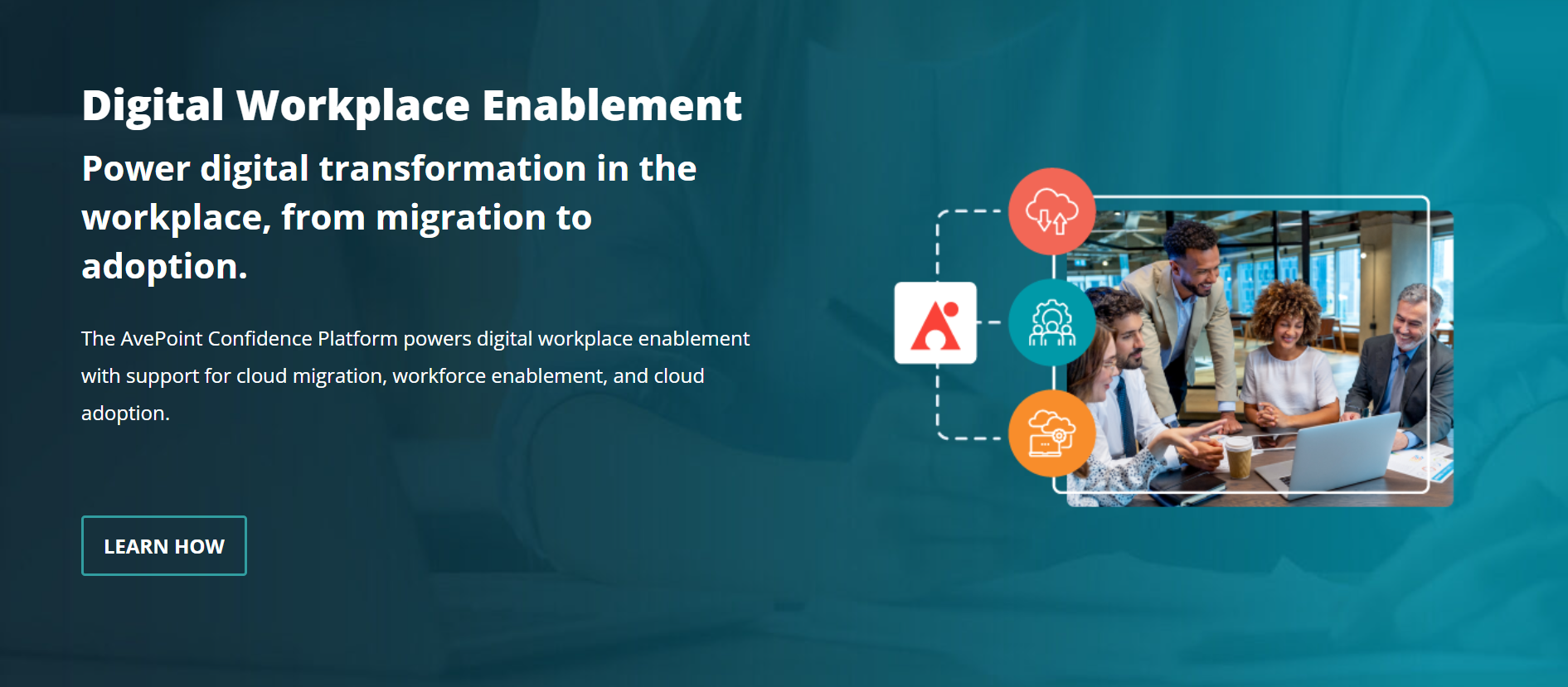How to Accelerate Purpose-Driven Digital Transformation

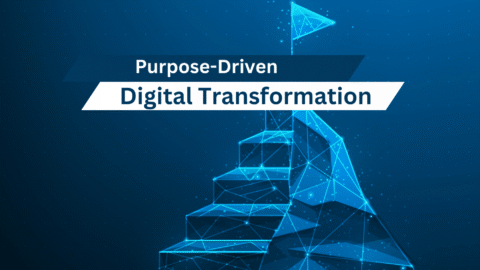
The Digital Workplace Conference (DWCAU) held its 11th event in Melbourne on August 2-3, and as a proud gold sponsor, we were thrilled to meet with industry leaders and practitioners and explore how organizations can optimize their digital transformation journey and embrace new ways of working, and how individuals can stay up to date with the latest innovations and succeed in the digital workplace.
As Dux Raymond Sy, Microsoft Regional Director & MVP and AvePoint Chief Brand Officer shared in his keynote at DWCAU, global IT investments are accelerating, yet many organizations are still not reaping the full benefits of existing cloud technologies. Gartner predicted that IT spending in 2023 will grow in all regions globally even during the economic turbulence, with an increase of 5.5% from 2022. Despite the fact that lots of organizations have embarked on their digital transformation journey, it is ironic that only a handful of them are actually thriving and succeeding. It is evident that digital transformation is a continuous process rather than a destination.
So how do you get a clear and concise vision of where your organization wants to go in its transformation journey? Here are some practical tips shared in Dux’s DWCAU keynote – 3 Steps to Accelerate Purpose-Driven Digital Transformation.
1. Understand what it really means to digitally transform
Digital transformation for a company is the process of modifying or creating new opportunities with the help of digital technologies. It typically involves a series of strategic initiatives aimed at modernizing and optimizing various aspects of their business operations.
It is not just about implementing new technologies such as automation tools, cloud computing, big data analytics, and AI to improve overall operational efficiency and reduce costs. It also means improving user experience through the creation of user-friendly interfaces, personalized experiences, and streamlined processes, to enhance employee satisfaction and customer loyalty.
Automation is another key element of digital transformation, as it allows organizations to automate repetitive tasks, free up resources, and focus on higher-value activities.
Lastly, enhancing the organizational culture and facilitating its purpose, which is critical for companies to remain competitive in today’s fast-paced business environment. As companies make strides in their digital transformation efforts, it becomes crucial to periodically reassess their goals and objectives. What may have appeared to be the correct vision and strategy a few years ago may now only represent a small piece of a much larger puzzle that organizations and their leadership must contemplate and execute for continued success.
2. Understand your organizational purpose
Let’s delve deeper into the concept of purpose.
According to William Damon, a Stanford psychologist, purpose is a stable and all-encompassing intention to achieve something that is both personally meaningful and consequential for the world beyond oneself.
In simpler terms, it means using your innermost capabilities to make a positive impact on the world.
Take Microsoft, for example. When Satya Nadella became CEO, he redefined the company’s mission to “empower every person and every organization on the planet to achieve more.” This purpose drives the company’s actions both internally and externally, influencing how employees behave, the products they create, and the customers they serve.
It’s no surprise that Jon was able to make a significant impact on his community by leveraging Microsoft’s Power Platform.
When people believe in an organization’s purpose, it creates a culture where responsibility is a key component, crucial for a successful digital transformation journey.
Failed digital transformation oftentimes has nothing to do with technology; rather, it is due to a lack of clarity and commitment to the organization’s purpose.
3. Ensure your digital transformation initiatives are purpose-driven
Whether we want to acknowledge it or not, organizational purpose is often overlooked and not given the importance it deserves. Instead of treating purpose as an afterthought, what if it was at the forefront of the digital transformation journey? This shift in mindset could lead to more successful outcomes for both the organization and its stakeholders.
How can you guarantee that your digital transformation endeavors are purpose-driven? What measures must you take?
Step 1 – Meet people in their onlyness
Onlyness, as Nilofer Merchant coined the term in 2011, means that each of us stands in a unique spot in the world, a function of our history and experience, visions and hopes. Our distinct viewpoints and perspectives allow us to add value to the world, and with the connectivity of the network, we can find other people with whom we can create change.
However, meeting people in their onlyness in a digital transformation initiative is not a one-size-fits-all approach. Every person and department has unique needs and opportunities to maximize technology for their own purposes and thrive. This is where establishing a relevant operational governance strategy comes into play.
For example, we’ve seen massive adoption in the last two years for Microsoft 365 and Microsoft Teams. A relevant operational governance strategy ensures that these collaboration technologies are used efficiently and effectively, and meet the needs of each department, from creating new teams, naming conventions, owner responsibilities, and external sharing, all the way to policies for archiving or deleting inactive teams. Eventually, you have to right-size your governance strategy and really look at how to make it work for your users.
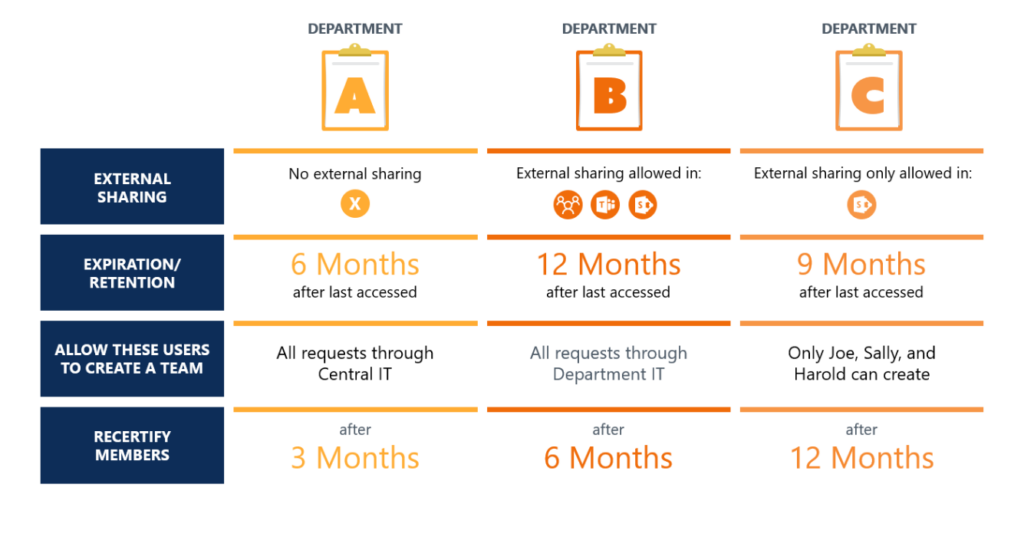
Step 2 – Empower people with relevant tools
Employee empowerment is critical to creating an engaged and productive workforce. Leaders must strive to increase autonomy and accountability to drive employee retention. Unfortunately, many businesses still rely on the traditional “my way or the highway” model, leading to a lack of trust and engagement.
For example, some organizations block external sharing and believe it is the best way to ensure their information is secure. Guess what happens? People will figure out their own ways to share information externally using shadow IT, which often triggers a much bigger problem.
Trust is the cornerstone of employee empowerment, and you cannot build trust by limiting the ability of employees to collaborate and work effectively.
So, what can businesses do to increase employee empowerment? First and foremost, leaders must trust their employees and communicate that trust through actions and words. Providing employees with access to the right tools and resources is also vital, ensuring they have the support they need to succeed.
By embracing employee empowerment, businesses can create a culture of trust and accountability, leading to a more engaged and productive workforce.
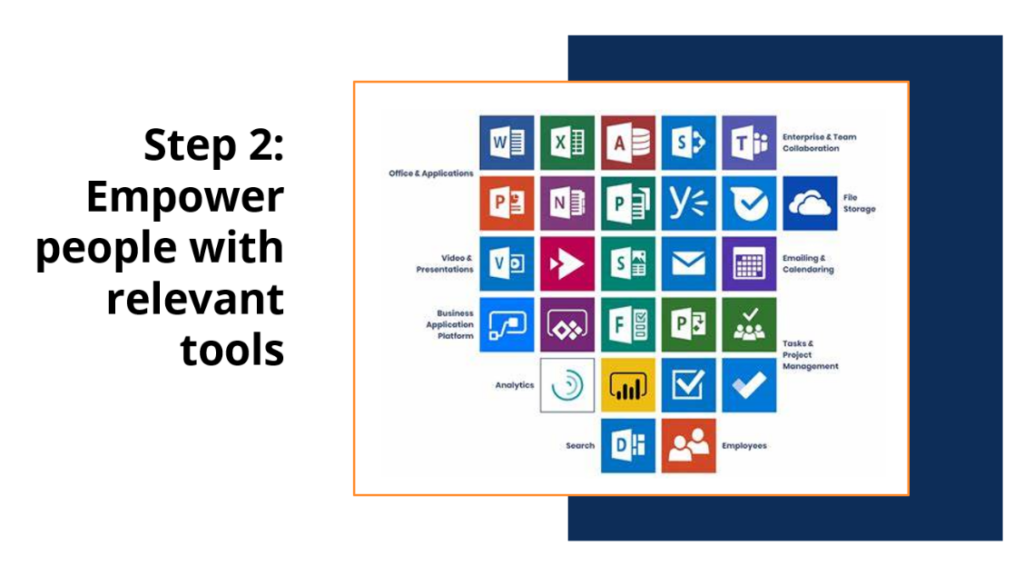
Step 3 – Make it easy to do the right thing
Now you have mapped out all the governance policies that you want to implement and regulatory requirements that you are obliged to, but how can you make sure that your users are doing what you expect them to do?
Effective governance in the digital world goes beyond simply creating a lengthy policy guide and expecting employees to read and memorize it. Simply asking your employees what you can or cannot share isn’t going to make sure that your sensitive information is kept in a secure way. Organizations need to leverage technologies to make it easy for users to do the right thing and collaborate safely.
Through automating policies and business rules using solutions like AvePoint Cloud Governance, organizations have the ability to guide users to appropriate services through business-focused questionnaires. Guiding users through automated workflows enables sustainable adoption and ensures your policies and compliance requirements are met. By adopting such an approach, organizations can effectively manage the risks associated with collaboration technologies like Microsoft 365 and Teams while maximizing their benefits, and ultimately, enabling both IT and end users to improve their productivity and concentrate more on business-critical projects.
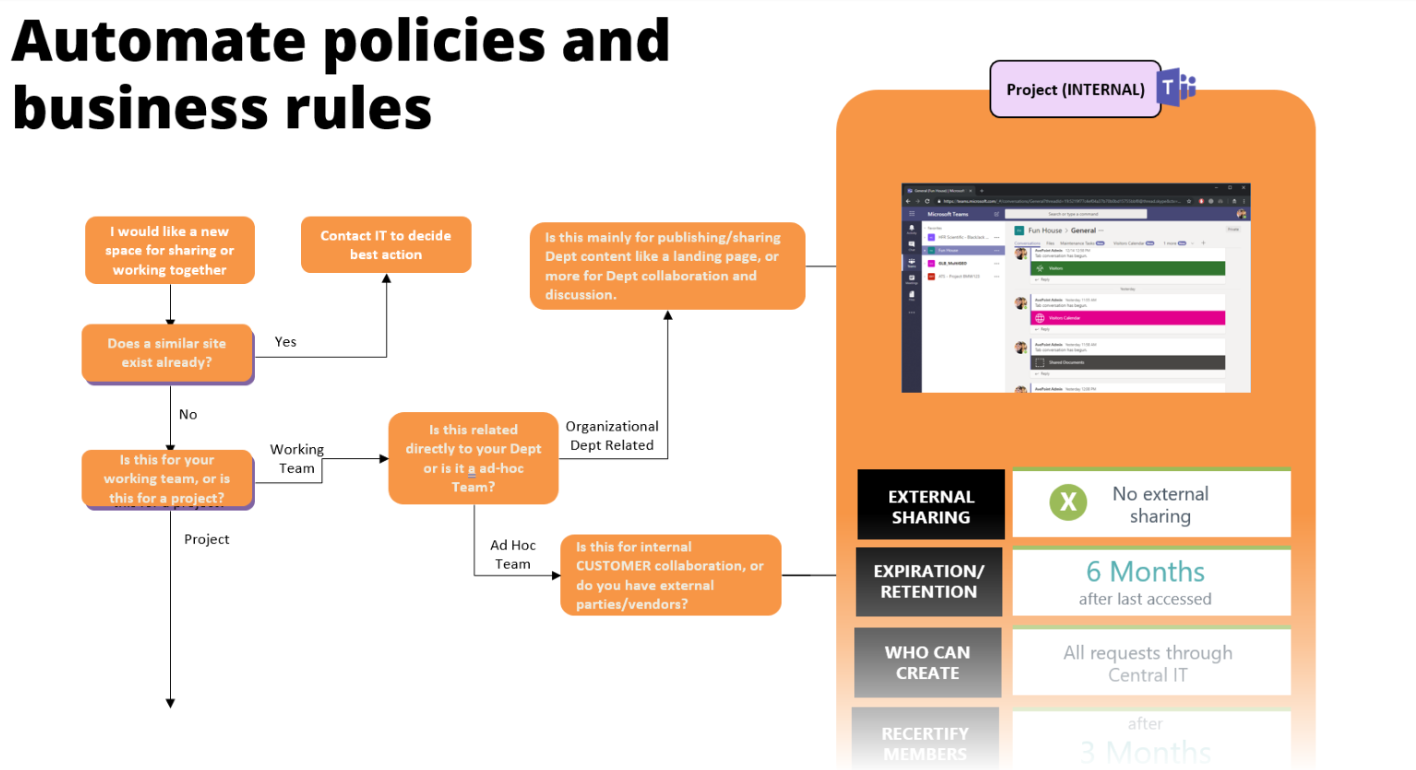 Final Thoughts
Final Thoughts
The dawn of the digital age has ushered in an era of unprecedented challenges and opportunities that organizations must navigate to remain competitive.
To succeed in this ever-evolving digital landscape, organizations must align their digital transformation efforts with their organizational purpose. This alignment is not just a tool for achieving strategic objectives or improving employee engagement and motivation, it is the key to unlocking a culture of responsibility that empowers every individual to achieve their full potential.
So, let us embark on this journey together, with purpose as our guide and technology as our vehicle, to create a brighter tomorrow for the modern digital workplace and the users within it.

Joanne is AvePoint's Asia-Pacific Marketing Manager.
